Long before smartphones and Netflix, sleepovers were the ultimate social currency for kids of the Baby Boomer generation. These overnight adventures provided sacred spaces where friendships were cemented, secrets were shared, and parents’ rules were creatively interpreted. Whether in suburban basements or country farmhouses, certain universal experiences unfolded at every sleepover with such predictability that we can now look back and laugh at our collective memories. So grab your sleeping bag and favorite pair of pajamas as we revisit these nostalgic moments that defined our childhood overnight stays.
1. The Awkward Arrival Protocol
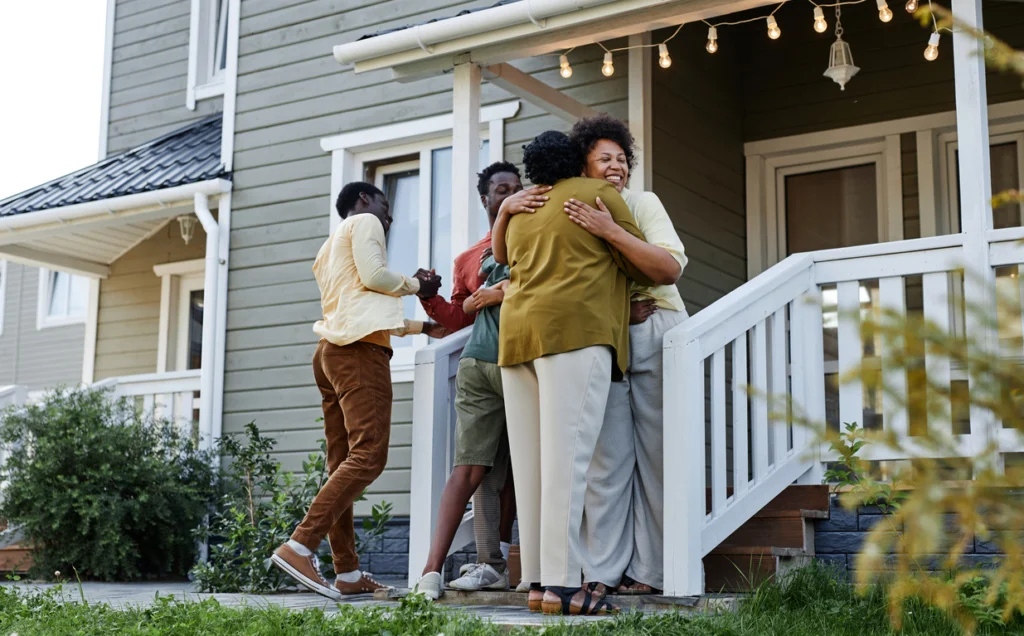
Every sleepover began with that strange liminal period when your friend’s family was still awake and you had to be on your best behavior. Dinner with someone else’s family meant using your “company manners” and carefully navigating unfamiliar household rules while your friend silently communicated which topics to avoid. You found yourself oddly formal, calling adults “Mr. and Mrs.” and offering to help clear dishes—a performance your own parents would have found shocking. While kids had their own protocol, so did parents and ParentMap goes over some important points for mom and dad to consider when the kids stay over.
The uncomfortable small talk with your friend’s parents often included predictable questions about school, what your own parents did for a living, and whether you were enjoying your visit so far. Your overnight bag sat conspicuously in the corner, packed with your pajamas, toothbrush, and perhaps a contraband comic book or candy bar hidden in the inner pocket. Everyone involved understood this polite exchange was merely the opening ceremony before the real sleepover could commence once the adults retreated upstairs.
2. The Late-Night Refrigerator Raid
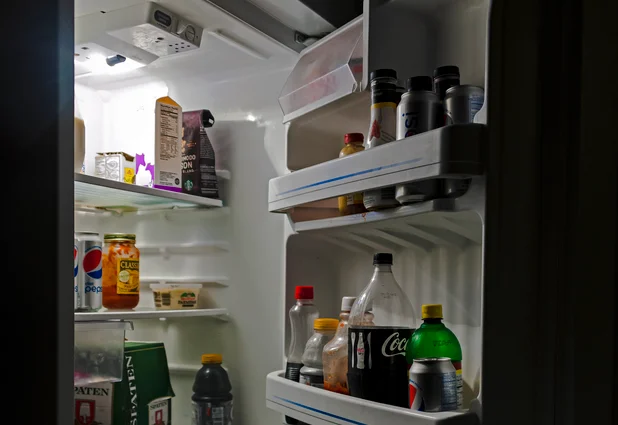
No sleepover was complete without the midnight kitchen expedition, tiptoeing past creaky floorboards in search of forbidden snacks. The gentle glow of the refrigerator light illuminated excited faces as you surveyed potential treasures—leftover chicken, sandwich materials, or if you were lucky, a slice of birthday cake or pie stashed on the bottom shelf. The thrill of breaking nighttime eating rules while parents slept upstairs added a flavor no chef could replicate. SnackStack admits that there’s something of history of us human solving midnight snacks, and it’s worth taking a bite out of this nostalgic history lesson.
Gathering armfuls of potato chips, cookies, and whatever sugary drinks you could find, you’d hustle back to base camp in the living room or basement. These improvised feasts created an assembly line of bizarre food combinations that would horrify nutritionists—peanut butter spread on potato chips, ice cream topped with cereal, or the classic midnight sandwich piled high with everything from the refrigerator door. The resulting sugar rush fueled hours more of whispered conversations and forbidden activities, consequences be damned.
3. The Inescapable Ghost Story Session

As the night deepened, someone inevitably suggested sharing ghost stories, creating an instant atmosphere of delicious fear. Tales of hook-handed escaped convicts, phantom hitchhikers, and local haunted houses gained terrifying credibility when whispered in darkened rooms illuminated only by flashlights held under chins. Every neighborhood had its own urban legend—the abandoned house where a tragedy occurred, the ghostly woman seen walking the nearby cemetery, or the mysterious sounds heard in the woods behind the school. MomJunction has some accessible scary stories for the teen age group, should anyone need inspiration.
The storyteller would build dramatic tension with practiced pauses and sudden volume changes, watching with satisfaction as listeners pulled sleeping bags up to their chins. The finale often involved a sudden grab or loud noise that sent everyone screaming, followed by nervous laughter and demands for the next story. Parents shouting downstairs to “settle down” only added to the thrill of these forbidden storytelling sessions that somehow made even familiar surroundings seem suddenly sinister.
4. The Inevitable Prank Call Campaign
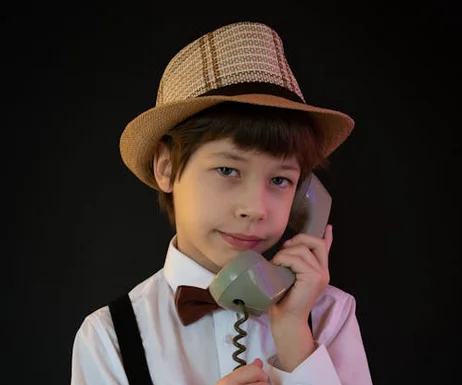
Armed with a rotary phone and the protection of anonymity, sleepovers turned ordinary children into telephone pranksters with an extremely limited repertoire. Classic questions like “Is your refrigerator running?” followed by “Then you better go catch it!” seemed endlessly hilarious when performed for a giggling audience of peers. The courage to actually complete a call was bolstered by the supportive presence of friends, though many attempts ended in helpless laughter before the punchline could be delivered.
The phone book served as a catalog of potential victims, usually chosen at random though sometimes targeting a school crush or unfriendly neighbor. Each successful prank was followed by slamming down the receiver and dissolving into hysterical laughter, convinced that the call was both original and untraceable. Little did we know that parents could hear every word through the heating vents, rolling their eyes at these predictable rites of passage they themselves had performed decades earlier.
5. The “Who Can Stay Awake Longest” Competition
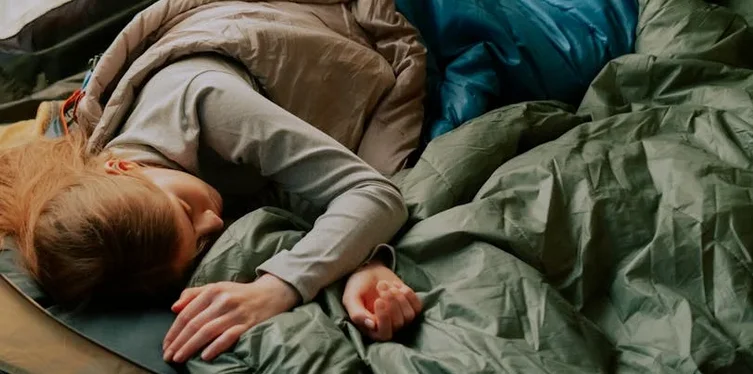
Every sleepover included the unspoken challenge to outlast your friends in the battle against sleep, despite having no real prize beyond bragging rights. Determination to be the last one awake drove children to pinch themselves, sit upright, or splash cold water on their faces in increasingly desperate attempts to keep heavy eyelids from closing. Conversation topics became progressively more profound as the night deepened, with drowsy philosophical musings about the universe replacing earlier gossip and ghost stories.
The competition would claim victims one by one as friends succumbed to exhaustion mid-sentence, their sleeping forms becoming objects of both envy and artistic opportunity for those still conscious. The last two contenders often engaged in slap-happy, nonsensical conversations that would be embarrassing in the light of day but seemed deeply meaningful at 3 a.m. The winner of this endurance test rarely enjoyed their victory, usually falling asleep within minutes of their final opponent and waking up with the dual punishment of exhaustion and having been the first target for morning mischief.
6. The Sleeping Bag Positioning Negotiation

The logistics of where everyone would sleep sparked surprisingly complex diplomatic negotiations worthy of the United Nations. Prime sleeping territory—the couch, the air mattress, or spots away from drafty windows—were claimed through various justifications including seniority, guest status, or having brought the most snacks. Those relegated to the floor strategically positioned themselves to avoid high-traffic pathways to the bathroom or kitchen.
Sleeping arrangements often reflected the social hierarchy of the friend group, with best friends claiming adjacent spots for midnight conversations. The unlucky child assigned to sleep near the aquarium light or ticking clock developed immediate grievances, while the friend who brought an overstuffed sleeping bag became the object of collective envy. No matter how carefully negotiated, these arrangements inevitably dissolved by morning into a jumble of tangled sleeping bags, misplaced pillows, and at least one person sleeping in a position that defied anatomical possibility.
7. The Brutal Morning-After Exhaustion
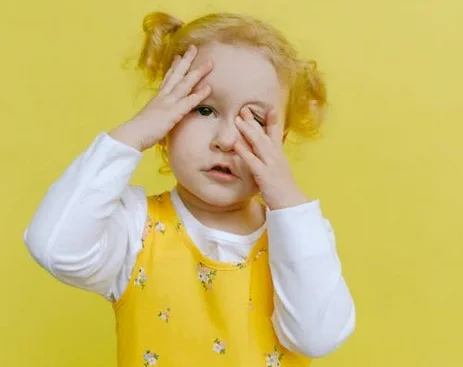
Despite grand plans for morning activities, sleepovers invariably produced a zombified group of children stumbling to the breakfast table with dark circles under their eyes. The harsh light of day revealed the consequences of staying up until dawn, with participants struggling to form coherent sentences while parents exchanged knowing glances over coffee cups. The sugar and adrenaline that fueled night-long adventures had completely evaporated, leaving behind hollow-eyed shells questioning their life choices.
Breakfast conversations consisted mainly of grunts and halfhearted laughter at inside jokes from the night before, punctuated by the occasional head nearly dropping into a bowl of cereal. Plans for morning bike rides or games were abandoned in favor of collective vegetative states in front of Saturday morning cartoons. Parents recognized the teachable moment about natural consequences but mercifully refrained from “I told you so” speeches, knowing the lesson of sleep deprivation was being painfully self-taught.
8. The Inevitable Truth or Dare Session
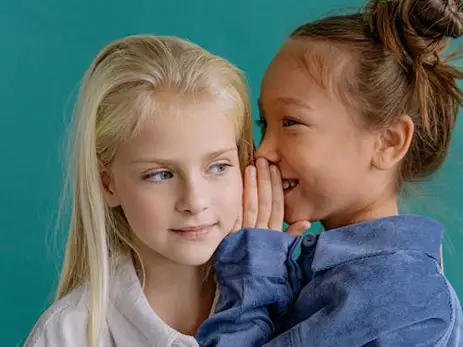
No sleepover was complete without the social minefield of Truth or Dare, where childhood friendships were tested and personal boundaries discovered. Truths typically centered around revealing crushes, embarrassing moments, or private thoughts about mutual friends—information that seemed devastatingly important to 12-year-olds but utterly inconsequential in retrospect. The pressure to participate created a social contract where refusing either option would brand you as a “chicken” or “party pooper” for the remainder of the evening.
Dares started innocently enough with challenges to make silly faces or perform brief dance routines, but escalated throughout the night to increasingly questionable activities. Running outside in pajamas, calling a crush on the telephone and immediately hanging up, or eating bizarre food combinations from the kitchen created memories that would be referenced at reunions decades later. The game perfectly embodied the contradictory desires of children pushing boundaries while still craving the safety net of structured play.
9. The Mysterious Case of the Vanishing Host Parent

At some point during every sleepover, the supervising parent would seemingly vanish, creating a brief window of unsupervised glory. This disappearance—whether for a shower, phone call, or moment of sanity in their bedroom—signaled an immediate shift in both volume and activity level among the children. Board games were abandoned mid-play, indoor voices gave way to shrieks, and forbidden areas of the house were briefly explored during these precious minutes of freedom.
The parent inevitably reappeared just as activities reached peak chaos, somehow psychically aware their presence was needed. Their return triggered an immediate and unconvincing shift back to innocuous behavior, with guilty expressions poorly masked behind angelic smiles. The knowing look on the parent’s face communicated that while they weren’t fooled, they were choosing to accept the pantomime of good behavior rather than investigate what had transpired during their brief absence.
10. The Epic Pillow Fight
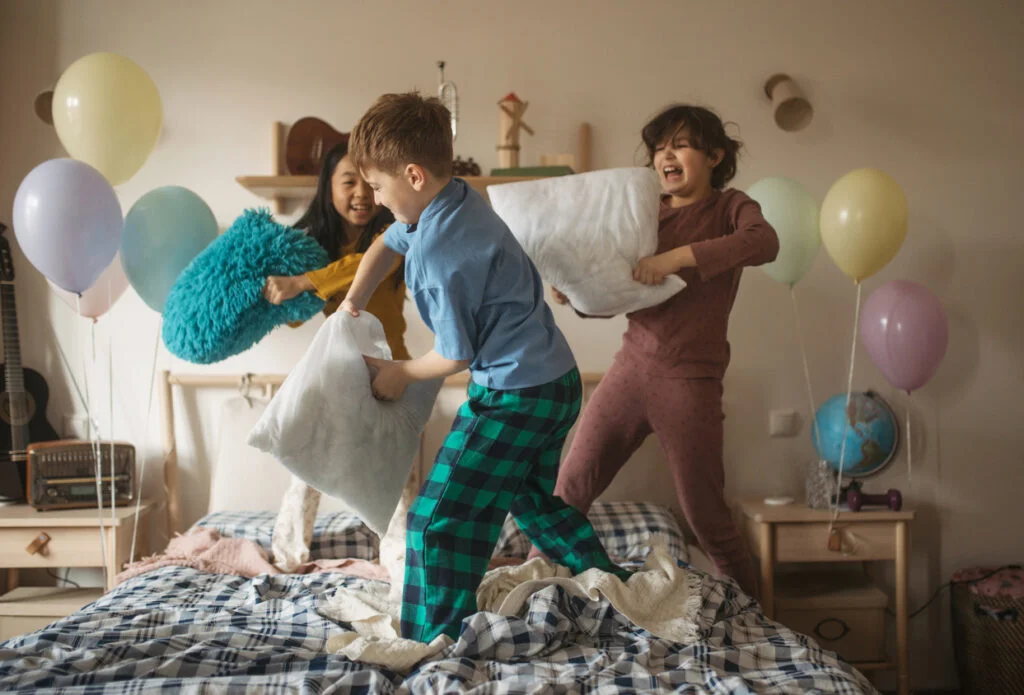
No childhood sleepover was complete without furniture being pushed aside for the ancient ritual of weaponized bedding. What began as a playful tap would escalate into full-scale warfare with alliances forming and dissolving in minutes. Whispered battle plans and sneak attacks created military strategies worthy of West Point, all executed with the deadly serious expressions of children engaged in matters of grave importance.
The unspoken rules allowed for aggressive pillow swings but immediately suspended combat if someone began crying or got accidentally hurt. Feathers escaping from old pillows signaled both the pinnacle of excitement and the imminent end of the battle as parents registered the destruction taking place. The aftermath often involved half-hearted cleaning efforts, with feathers discovered in odd corners of the room months later—physical evidence of that legendary night when the living room became a battlefield.
11. The Shared Bathroom Horrors

Taking turns using an unfamiliar bathroom created unique anxieties, from deciphering complicated shower controls to the delicate politics of toilet flushing during sleeping hours. Morning brought the additional challenge of multiple children sharing limited mirror space, borrowing toothpaste, and forming an impatient queue outside the door. Forgotten toiletries created improvised solutions, with friends sharing brushes, combs, and various grooming products in ways that would horrify modern germaphobes.
The most dreaded bathroom situation involved digestive emergencies in strange territory, creating the impossible choice between embarrassment and discomfort. Many a child developed the skill of silent, stealth bathroom visits, learning to close doors with minimal sound and time flush operations with precision. These shared bathroom experiences created unspoken bonds of mutual vulnerability that, while mortifying at the time, somehow strengthened friendships through collective survival of awkward human moments.
12. The Surprisingly Emotional Departure
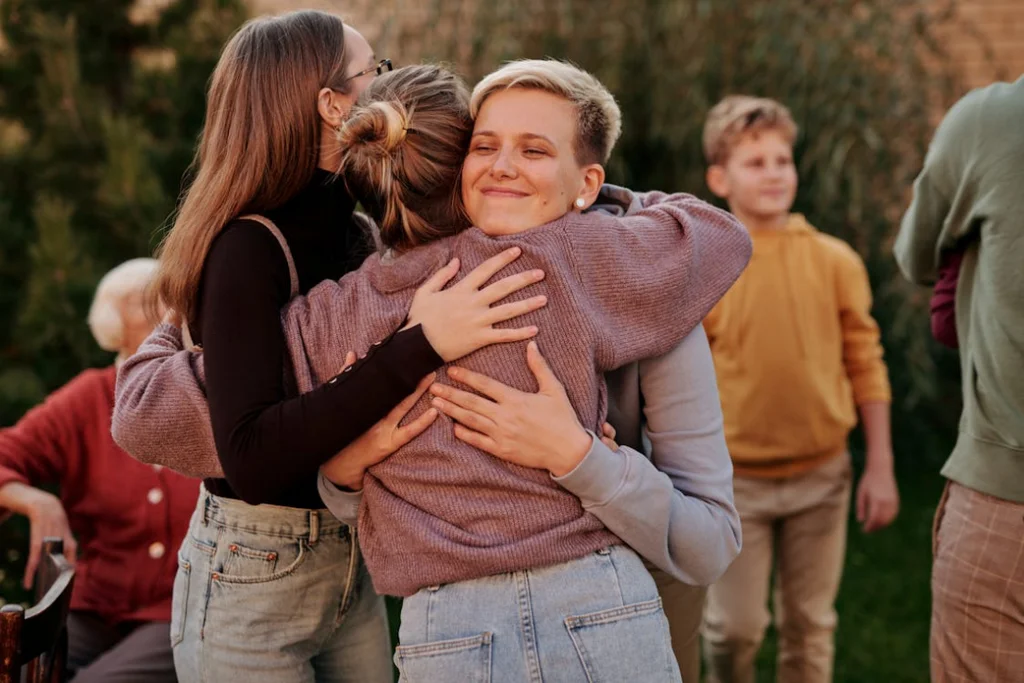
After hours of chaos, junk food, and shared secrets, the sleepover conclusion often brought unexpected emotional weight as parents arrived for pickup. The spell of the sleepover bubble would break as outside reality intruded, prompting hurried exchanges of “we should do this again soon” and “that was the best night ever.” Despite physical exhaustion, a strange melancholy descended as sleeping bags were rolled up and leftover snacks divided among participants.
Walking to the car, you’d often find yourself already reconstructing the night’s events into stories for family members, transforming fresh memories into personal mythology before even reaching home. The return to your own bedroom felt simultaneously comforting and anticlimactic, your regular life resuming after hours in a parallel universe where normal rules were suspended. These bittersweet transitions taught us early lessons about the temporary nature of perfect moments—experiences to be cherished precisely because they couldn’t last forever.
These universal sleepover experiences helped shape our understanding of friendship, boundaries, and social dynamics long before we had vocabulary for such concepts. They created shared cultural touchstones that connect Baby Boomers across geographic and social boundaries. In today’s world of carefully structured playdates and digital entertainment, the beautiful chaos of old-fashioned sleepovers might seem quaint, but the lessons they taught—about trust, resilience, and the importance of face-to-face connection—remain as relevant as ever. Perhaps that’s why we smile so broadly when recalling those bleary-eyed mornings and whispered midnight confessions, recognizing how these seemingly ordinary nights helped transform us into the adults we would become.


